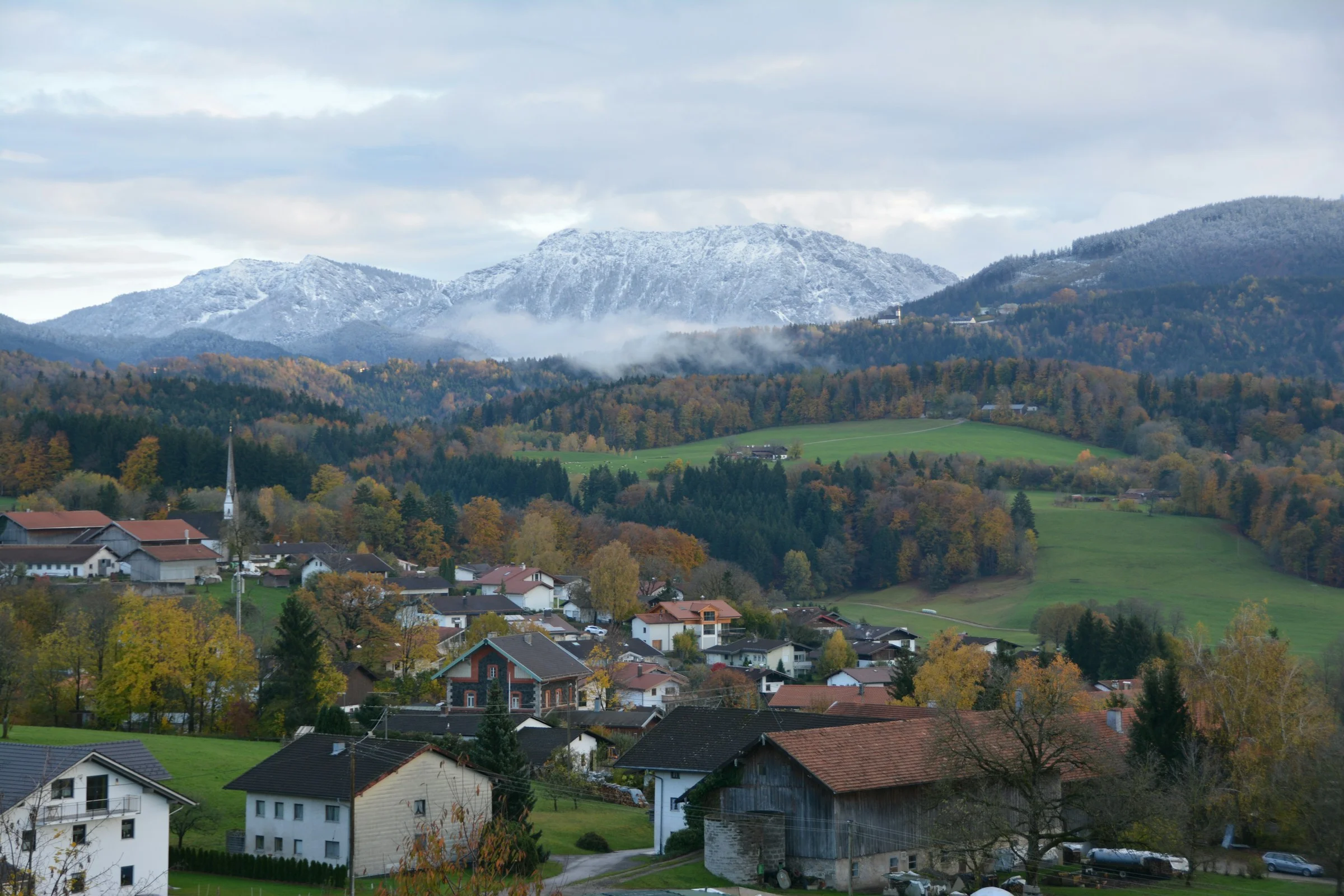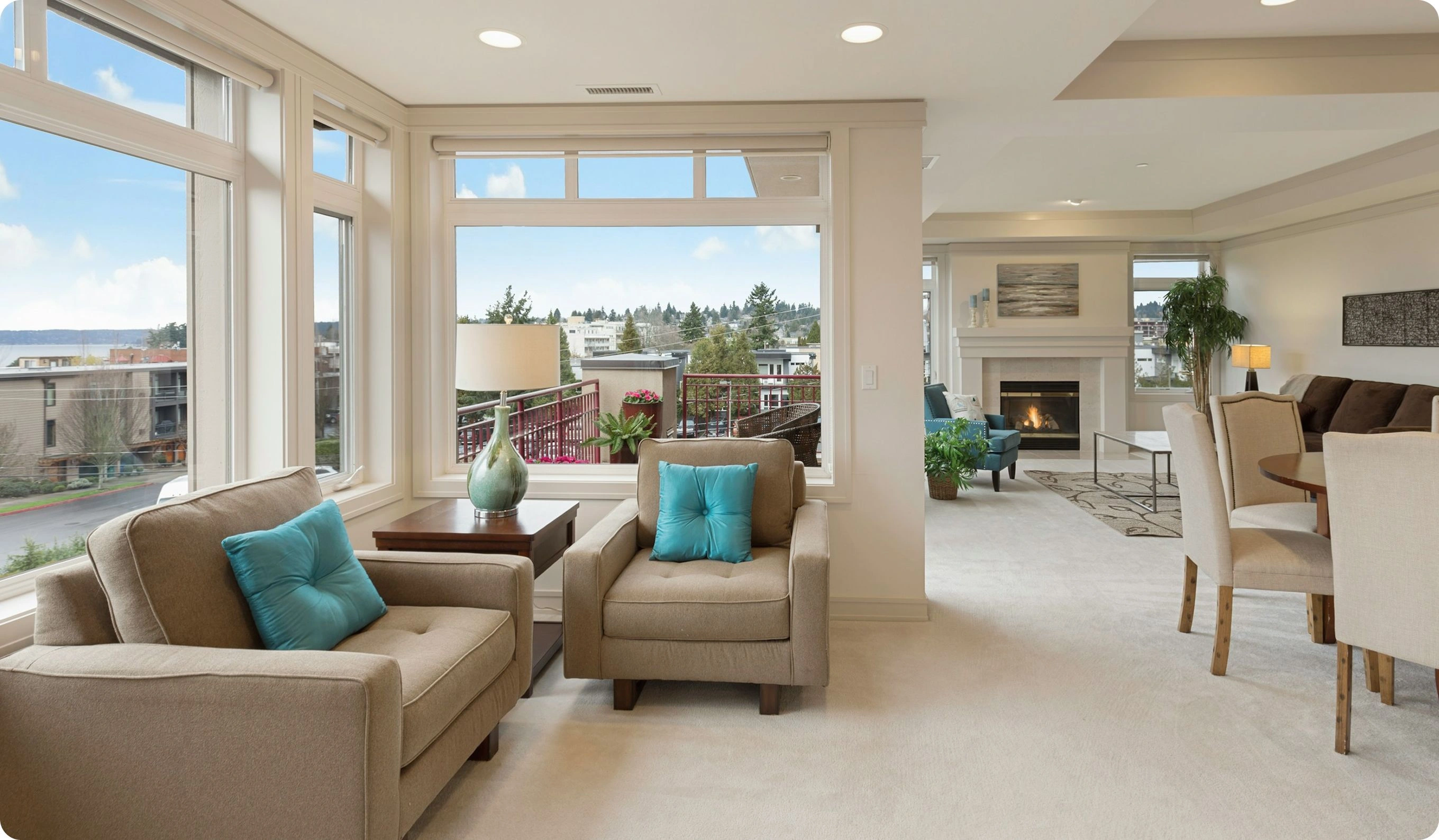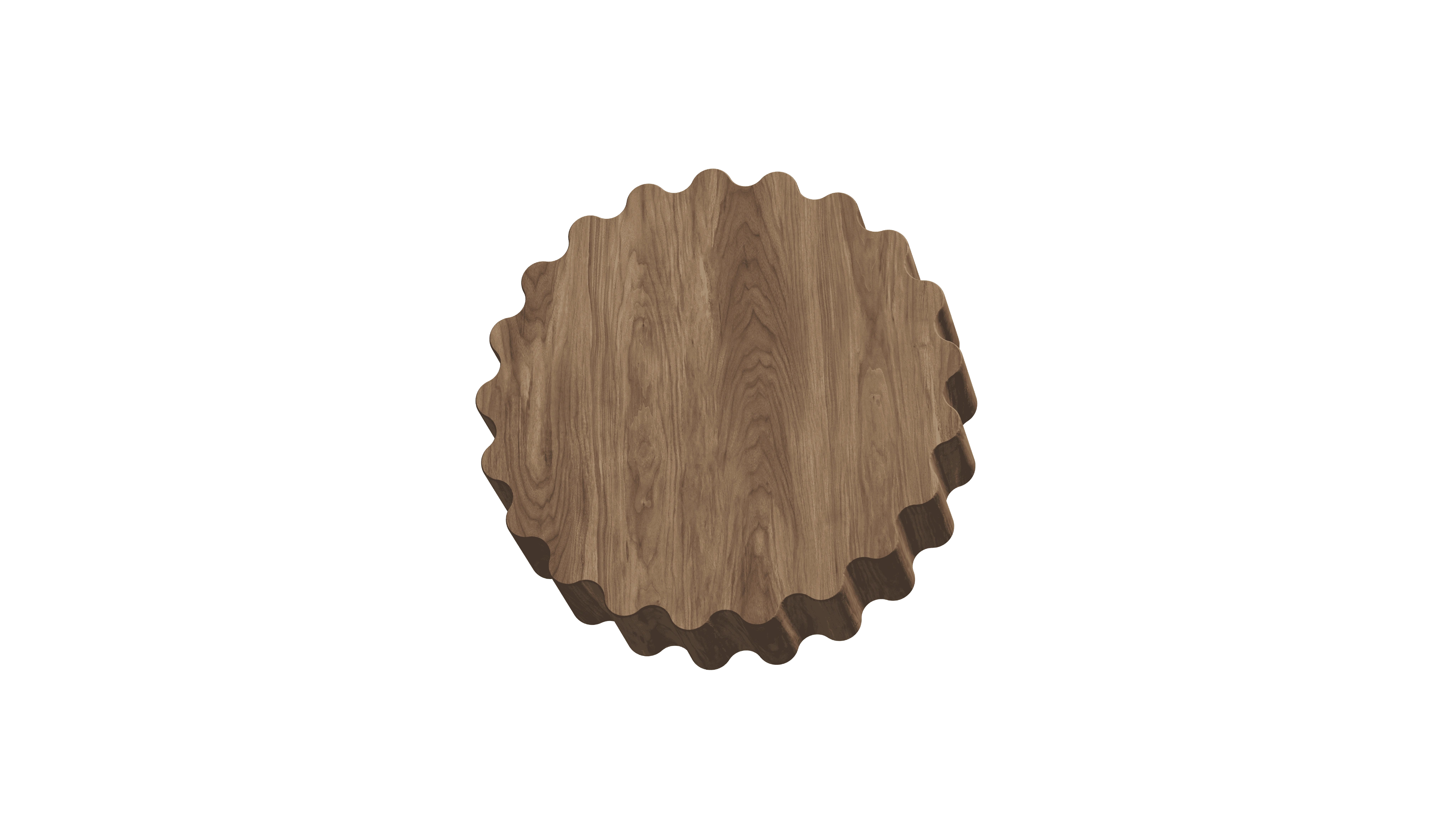Property Listings in Lower Austria – Direct from OwnerResale stock ranges from vineyardcottages to modern duplexes

Best offers
in Lower Austria
Benefits of investment in
Austria real estate
Detached homes in wine country villages
Properties in regions like Wachau or Thermenregion offer scenic value and cultural heritage.
Resale apartments in Vienna’s outer ring
Lower Austria provides access to the capital without premium prices.
Existing rental licenses and utilities in place
Most secondary homes are registered, connected, and tenant-ready with minimal renovation needed.
Detached homes in wine country villages
Properties in regions like Wachau or Thermenregion offer scenic value and cultural heritage.
Resale apartments in Vienna’s outer ring
Lower Austria provides access to the capital without premium prices.
Existing rental licenses and utilities in place
Most secondary homes are registered, connected, and tenant-ready with minimal renovation needed.

Useful articles
and recommendations from experts
Secondary Real Estate in Lower Austria: Affordable Resale Homes with Long-Term Utility
Why Lower Austria’s secondary market appeals to value-seeking buyers
Lower Austria (Niederösterreich), Austria’s largest federal province, surrounds the capital city of Vienna and extends into wine-growing regions, spa towns, and cross-border commercial zones. While often overshadowed by the prestige of Vienna or the tourist pull of Salzburg, Lower Austria offers a deeply practical and high-utility secondary real estate market. It caters to a wide array of buyers: commuters seeking affordability, retirees seeking peace, families needing space, and investors searching for rental-ready inventory with minimal capital risk.
Resale properties in Lower Austria span a broad landscape — from compact flats in Klosterneuburg to vineyard cottages in Wachau, and from row houses in suburban nodes to holiday homes in wellness villages. Many are sold fully furnished, with existing tenants, or with official registration for rental use. For buyers looking for legal security, location diversity, and clear value per square meter, the secondary housing market in Lower Austria stands as one of the most accessible and useful options in the Austrian real estate sector.
Typical secondary property formats in Lower Austria
The structure and zoning diversity of the region translates into several common resale formats:
- Suburban apartments in Vienna’s commuter belt: Flats in towns like Mödling, Baden, or Klosterneuburg, often built in the 1990s–2010s, with garages and balconies.
- Row houses and duplexes in family-friendly areas: Particularly in Gänserndorf, Tulln, and Wiener Neustadt — appealing to long-term tenants or owner-occupiers.
- Vineyard cottages and rural homes: Common in Krems, Retz, and Wachau Valley — often restored, furnished, and used as hybrid residence/rental properties.
- Mid-sized multi-unit houses: Typically 2–4 apartments, often with garden plots and separate entrances — suited to portfolio investors or large families.
- Tourist-oriented homes in spa or hiking zones: For example, in Bad Vöslau, Langenlois, or Gars am Kamp — frequently registered for seasonal leasing.
These secondary properties are governed by Austria’s Wohnungseigentum law, ensuring individual ownership of units and proper registration of common areas. Many come with clear documentation on utilities, energy certificates, and ownership history.
Resale prices and appreciation potential
Lower Austria’s property prices are generally more accessible than those of Vienna, Tyrol, or Salzburg. Resale homes offer particularly good value due to minimal speculative pressure and consistent demand from Austrian buyers. Prices are highly regional, with proximity to Vienna, infrastructure, and natural amenities being key drivers.
Average 2024 resale prices per square meter:
- Klosterneuburg and Mödling: €4,000–€5,800/m² depending on age, renovation, and parking
- Wiener Neustadt or Tulln: €2,800–€4,200/m² for urban flats and duplexes
- Wine regions (Wachau, Krems, Retz): €2,500–€4,500/m² — higher for heritage-listed or luxury-renovated units
- Spa towns (Bad Vöslau, Langenlois): €3,200–€4,800/m² for furnished homes near parks or wellness facilities
Annual price growth averages 2.5%–4%, with high-performing segments in the Vienna commuter zone and well-renovated historic rural properties. Houses with efficient energy systems (solar panels, insulation) command higher resale and rental values.
Rental income and occupancy trends
Secondary homes in Lower Austria often serve as immediate sources of rental income. Properties close to train stations, schools, or tourist trails lease easily to both long-term tenants and short-stay visitors, depending on location and licensing.
Typical rental ranges:
- 2-bedroom flat in Baden or Klosterneuburg: €1,000–€1,500/month depending on size and amenities
- Family row house in Gänserndorf or Tulln: €1,200–€1,800/month with strong occupancy
- Holiday homes in spa towns: €100–€200 per night in high season; often booked 120–160 nights/year
- Multi-unit houses with long-term tenants: Annual gross yields of 5%–6.5% depending on configuration
While short-term rentals are more regulated in residential zones, tourism-licensed units in designated areas (spa towns, wine valleys) are permitted and can be lucrative during peak seasons. Many buyers opt for long-term rental models for consistency and lower management complexity.
Legal framework for buyers of resale property
Austria offers one of Europe’s most transparent and reliable systems for real estate acquisition. Foreign buyers — especially EU/EEA citizens — have equal rights with Austrians. Secondary properties are typically easier to verify and transact than new builds, due to existing documentation and ownership history.
Key legal factors:
- Freehold ownership: Most properties are fully registered with the Austrian Grundbuch (land registry).
- Tenancy rights: Properties with existing tenants must honor leases; rent control may apply depending on size and year of construction.
- Tourism rental approval: Necessary for short-term letting; varies by municipality and zoning plan.
- Energy Performance Certificate: Required by law for resale; affects marketability and renovation subsidy eligibility.
Transaction steps:
- Offer and reservation
- Notary review and contract preparation
- Due diligence and mortgage finalization (if needed)
- Payment, signing, and registration
Standard transaction fees:
- 3.5% property transfer tax
- 1.1% land registry fee
- 1.5%–2.5% notary/legal
- 3% buyer-side commission (if applicable)
Best areas to buy secondary homes in Lower Austria
Top zones by property type:
- Baden, Klosterneuburg, Mödling: Ideal for suburban resale apartments and duplexes with fast access to Vienna.
- Wachau Valley and Krems: Scenic, wine-rich regions for restored cottages or vineyard homes with tourism use.
- Wiener Neustadt and Tulln: Functional mid-size cities with demand from working professionals and families.
- Spa towns (Bad Vöslau, Gars am Kamp): Popular among older Austrians and tourists seeking wellness-oriented real estate.
- Cross-border towns (near Czech and Slovak borders): Often attract value-seeking buyers and commercial tenants.
Each zone offers a different mix of resale liquidity, usage options, and renovation potential. Infrastructure improvements such as train links, schools, or energy projects tend to boost property values in surrounding districts.
Who buys secondary property and how VelesClub Int. supports them
The market draws a wide profile:
- Austrian and EU relocators: Seeking a home near family, employment, or natural settings
- Landlords: Investing in 2–5 unit properties for passive income
- Holiday home buyers: Purchasing ready-to-use cottages or flats in wellness zones or wine valleys
- Cross-border buyers: Leveraging price advantages and rental demand near economic corridors
VelesClub Int. provides:
- Resale inventory with full ownership and compliance verification
- Analysis of rental potential and energy efficiency
- Legal due diligence with bilingual professionals
- Management and tenant sourcing solutions
- Resale strategy and exit planning based on regional demand
In Lower Austria, secondary homes represent real utility — homes that are lived in, rented, appreciated, and improved. With the support of VelesClub Int., you can navigate this practical market with professionalism and purpose, building stable value in a region defined by function, heritage, and community.
